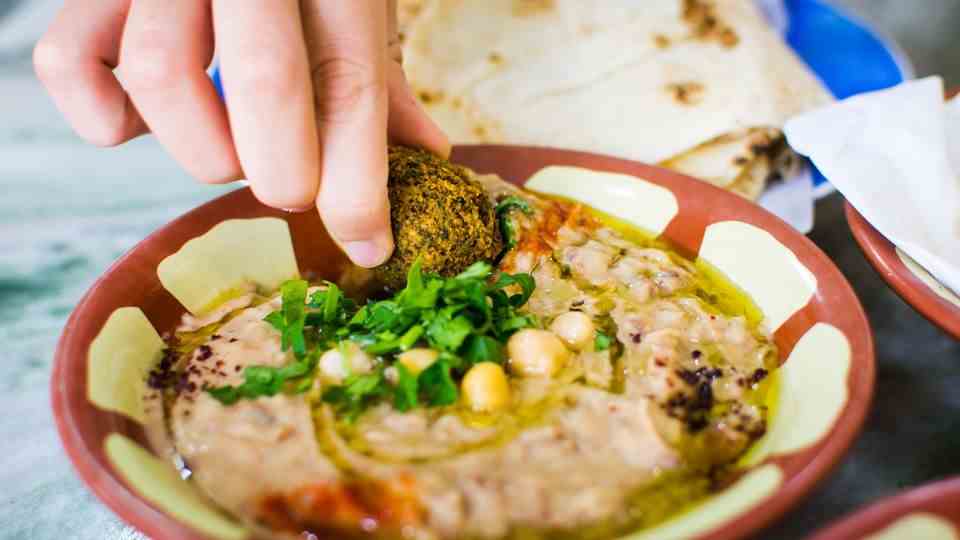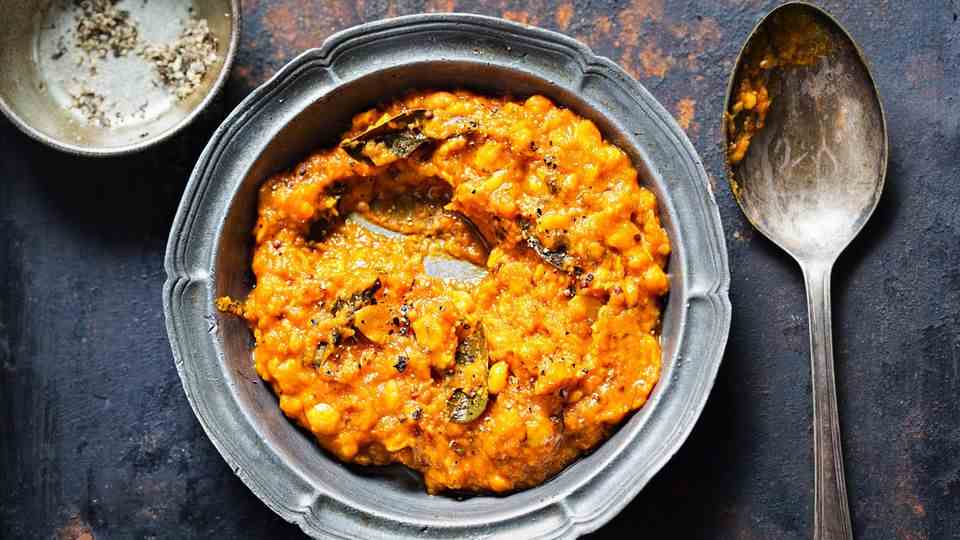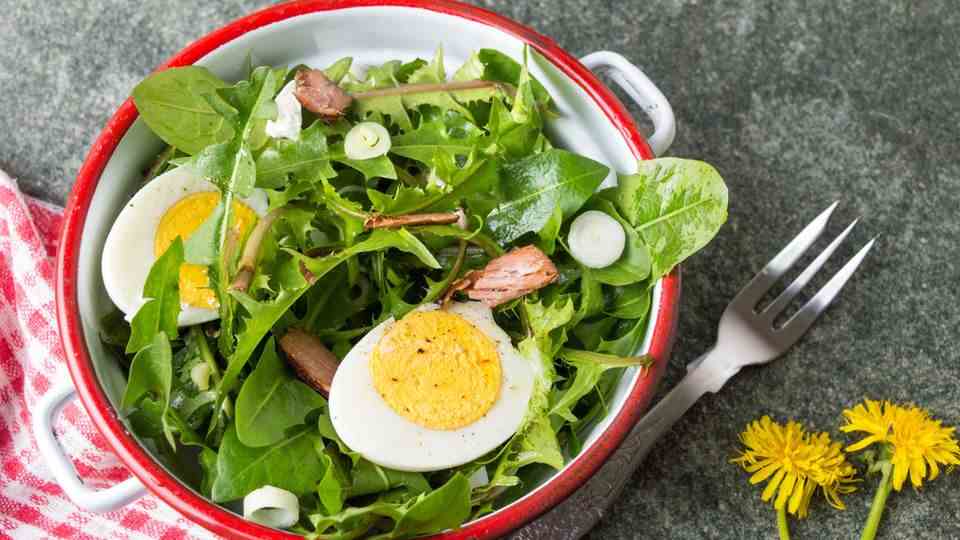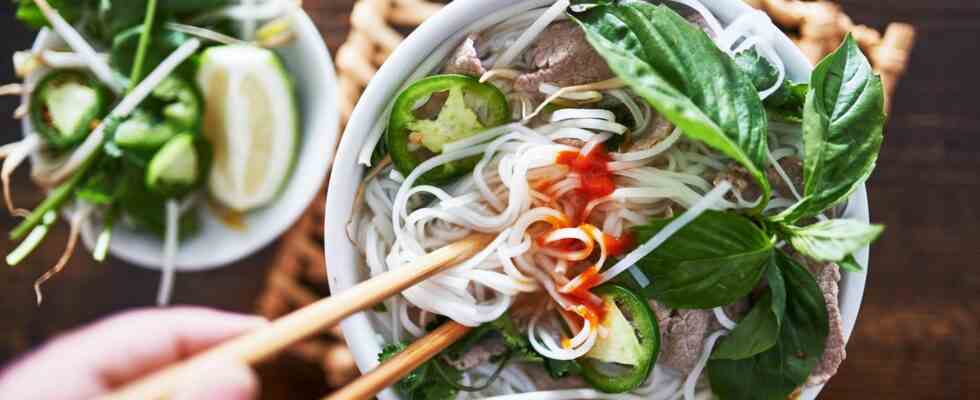sustainability
Eating better for the climate: These five nations are showing how it’s done
Vietnam is leading the way when it comes to sustainability: Less meat, but not meatless.
©Getty Images
What we eat and consume has an impact on the environment. You don’t have to be vegan to do something about climate change. But schnitzel or steak every day is also wrong. Five nations show how to consume food sustainably.
Germans consume around 60 kilograms of meat per capita and year, half of which is pork. Around 60 million pigs are slaughtered every year and almost six million tons of pork are produced for this purpose. Those are enormous numbers. Numbers that can also lead to problems. Meat consumption is a question of conscience in itself that consumers are asking themselves more and more often.
Of course, the most obvious thing to do is to avoid animal products such as meat and sausages. One new study the Chinese scientist Gang Liu from the Chinese Academy of Sciences looked at the meat supply in all of Germany. Anyone who would significantly reduce their meat consumption in this country could make a major contribution to climate protection. You don’t have to become vegan right away, but there would already be effects if you eat the whole animal instead of just fine parts such as fillets. Read more about this here.
Make a contribution to the environment
To anticipate: There is no such thing as THE kitchen that is perfect for the environment. But some countries traditionally eat more sustainably than others. Most are traditional cuisines to learn from for your personal diet. Eating well doesn’t mean eating strange things or having to dig deep into your pockets. Here are five dishes from kitchens that are better for the climate.

If you don’t want to eat too much and don’t want the food to end up in the trash, you should share your meals. As is often the case in Levantine cuisine. (Read what Levantine cuisine is here). With many eaters, there will always be someone who will eat the last piece.

India: The base is vegetables and legumes
In no other country are vegetables and legumes prepared in a more varied way than in India. The bean stew dal is indispensable. There are big differences from region to region. Because the stew consists of local vegetables, i.e. those that grow locally – depending on the season. Dal comes with green mango, coconut, tomato, even fish heads.
Lentils and beans are high in protein and fiber. They are easy to grow, need little water and adapt to the circumstances. The American “Food and Agriculture Organization” even calls them “climate smart”.

Kansas: Eat like the indigenous people
The Choctaw are a North American Native American people who consumed food in harmony with nature. More and more residents – for example from Kansas – are again orienting themselves towards their diet. A good example of this principle is the revival of bison, a traditional source of protein for native peoples in the Middle West. Bison can be a very good substitute for beef. But wild plants such as turnips, sage and dandelion are also making a comeback.

Venezuela: mussels, mussels, mussels
They are high in protein as long as they come from clean waters. Because mussels filter the water in which they grow. Because mussels feed on phytoplankton, they only need a fraction of the ecosystem to make their protein. No other animal protein is therefore more sustainable.

We Germans eat too much meat. With Pho, the Vietnamese show how you can eat little meat without having to do without it. Pho is the national dish of Vietnam, so to speak.
In Vietnam, every breakfast starts with a pho. When the sun has just risen and the heat has not yet settled over the cities, the traditional Vietnamese noodle soup nourishes and provides people with liquid and important nutrients.
The pho is at the heart of Vietnamese cuisine. It is traditionally served in a bowl and contains a strong, clear broth, which is usually made from beef bones, rice noodles and thinly sliced beef.
©Getty Images


